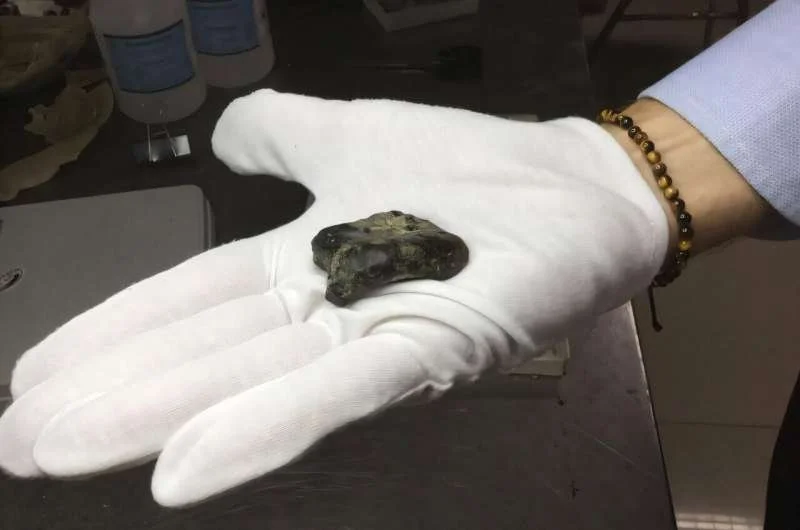A new roundabout was inaugurated in the city of Volos in Greece.
The hub, in addition to its utilitarian function, has also an artistic imprint, since it houses the symbol of Pelion, the mythical Centaur, in an impressive sculpture.
Centaurs are creatures of Greek mythology, possibly as an idealized representation of the intense weather phenomena that follow by observing the speed of the clouds.
In history and art, the Centaurs have an anthropomorphic depiction, with a human upper body and an animal (equine) lower body. As idiosyncrasies, however, it seems that they were not sufficiently balanced and are presented as primitive species, which owed more to their animal nature than to their human heritage.
The myth places them in Pelion, the preeminent magical land of the Greek territory with rich evidence of meteorological observation that thus provided a handle for the famous witches. Thus their mythological presence in Thessalian land begins with a native king of the Lapiths.
Etymology
The Greek word kentauros is generally regarded as being of obscure origin. The etymology from ken + tauros, 'piercing bull', was a euhemerist suggestion in Palaephatus' rationalizing text on Greek mythology, On Incredible Tales (Περὶ ἀπίστων), which included mounted archers from a village called Nephele eliminating a herd of bulls that were the scourge of Ixion's kingdom. Another possible related etymology can be "bull-slayer".
Creation of centaurs
The centaurs were usually said to have been born of Ixion and Nephele. As the story goes, Nephele was a cloud made into the likeness of Hera in a plot to trick Ixion into revealing his lust for Hera to Zeus. Ixion seduced Nephele and from that relationship centaurs were created.
Another version, however, makes them children of Centaurus, a man who mated with the Magnesian mares. Centaurus was either himself the son of Ixion and Nephele (inserting an additional generation) or of Apollo and the nymph Stilbe. In the latter version of the story, Centaurus's twin brother was Lapithes, ancestor of the Lapiths.
Another tribe of centaurs was said to have lived on Cyprus. According to Nonnus, they were fathered by Zeus, who, in frustration after Aphrodite had eluded him, spilled his seed on the ground of that land. Unlike those of mainland Greece, the Cyprian centaurs were horned.
There were also the Lamian Pheres, twelve rustic daimones (spirits) of the Lamos river. They were set by Zeus to guard the infant Dionysos, protecting him from the machinations of Hera, but the enraged goddess transformed them into ox-horned Centaurs. The Lamian Pheres later accompanied Dionysos in his campaign against the Indians.
The centaur's half-human, half-horse composition has led many writers to treat them as liminal beings, caught between the two natures they embody in contrasting myths; they are both the embodiment of untamed nature, as in their battle with the Lapiths (their kin), and conversely, teachers like Chiron.
Centauromachy, tondo of an Attic red-figure kylix, c. 480 BC,
Foundry Painter - User:Bibi Saint-Pol, own work, 2007-02-10
Centauromachy
The Centaurs are best known for their fight with the Lapiths who, according to one origin myth, would have been cousins to the centaurs. The battle, called the Centauromachy, was caused by the centaurs' attempt to carry off Hippodamia and the rest of the Lapith women on the day of Hippodamia's marriage to Pirithous, who was the king of the Lapithae and a son of Ixion.
Theseus, a hero and founder of cities, who happened to be present, threw the balance in favour of the Lapiths by assisting Pirithous in the battle. The Centaurs were driven off or destroyed. Another Lapith hero, Caeneus, who was invulnerable to weapons, was beaten into the earth by Centaurs wielding rocks and the branches of trees.
In her article "The Centaur: Its History and Meaning in Human Culture," Elizabeth Lawrence claims that the contests between the centaurs and the Lapiths typify the struggle between civilization and barbarism.











